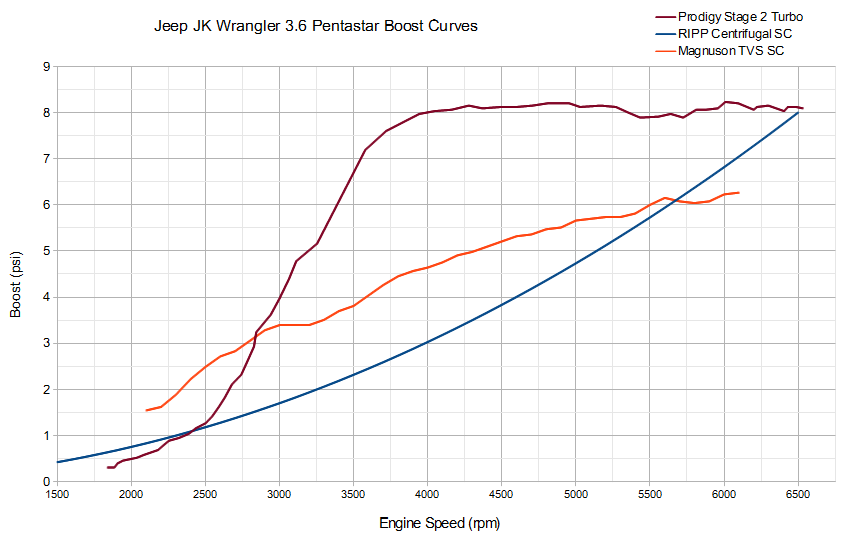You have completely failed to comprehend nearly every explanation and formula I have provided. Your responses completely misrepresent what I have said, or state irrelevant information/facts/etc.
For example:
I have no idea what point you're trying to make here. Your statement does not at all back up your claim that my formula is wrong. Your statement is not in disagreement with my formula. I challenge you to prove that my formula for estimating volumetric flow rate of the engine is incorrect... with actual explanation of the physical processes and use of complete formulas as I have.
Again, a clear indication that you do not actually understand the relationship between pressure, volume, mass, and density of a gas. Two different devices both feeding air into the same engine at the same engine speed with the same amount of pressure in the same atmospheric conditions and same temperature cannot possibly be providing air at different densities (Lbs/ft3) it is absolutely physically impossible.
Density (Lbs/ft3) is directly proportional to pressure. All else equal (same engine, same rpm, same atmospheric conditions, same intake temp, etc). The only way one device could provide denser air is to provide air at a higher pressure. If both produce the same pressure, then they are both providing air with the same density and same flow rate.
You're making a HUGE assumption that I looked at (and misinterpreted) a turbo compressor map to determine the exhaust:boost pressure ratio. I never said anything about the compressor map. Where did you come up with this assumption?
If you must know, I used my knowledge of how the wastegate works combined with the rated boost level of the wastegate spring used in the kit (rated based on a 1:1 exhaust:boost pressure ratio), compared to the actual amount of boost that the spring allows in this turbo kit.
Anyway, it is very clear that you do not have a solid foundation of the physics involved to properly discuss this subject. Please stop. Seriously, this is going no where. Go take a physics class. Learn the Ideal Gas Law, and truly understand it. When you come back and re-read your posts, you will see how completely incorrect and/or irrelevant some of your arguments are. I truly do not intend this as an insult. I'm encouraging you to learn to understand things in a formal/logical/mathematical way that will allow you to more completely/formally express your ideas in terms of math.
I'm also not pulling a "I'm right, you're wrong, no matter what you say". I like to be proven wrong, because I like learning new things. You are, however, failing to provide any complete logical explanations to back up any of your claims. You have made several technically correct statements (by themselves), but have failed to bring them together with any consistency to prove/disprove any particular relationship. You say my formulas are wrong. Please, explain what's wrong with them. Show me the correct formulas. " take CFM x .076Lbs/ft3 and poof that is the magic number" does not count. Start with complete formulas (like the ideal gas law, formula for volumetric flow rate, formula for mass flow rate, etc) and combine/rearrange them to mathematically prove a relationship you are trying to communicate.





 Reply With Quote
Reply With Quote





Connect With Us